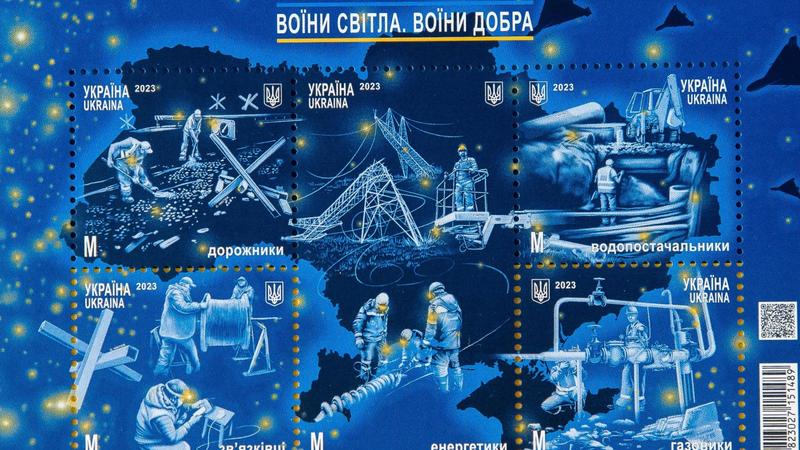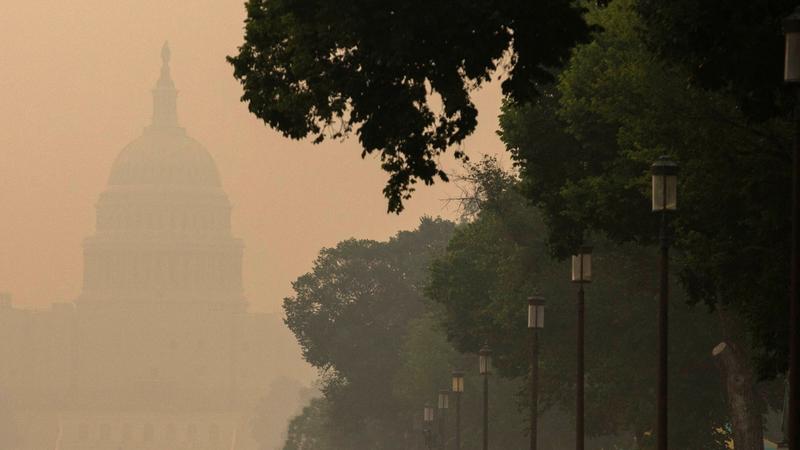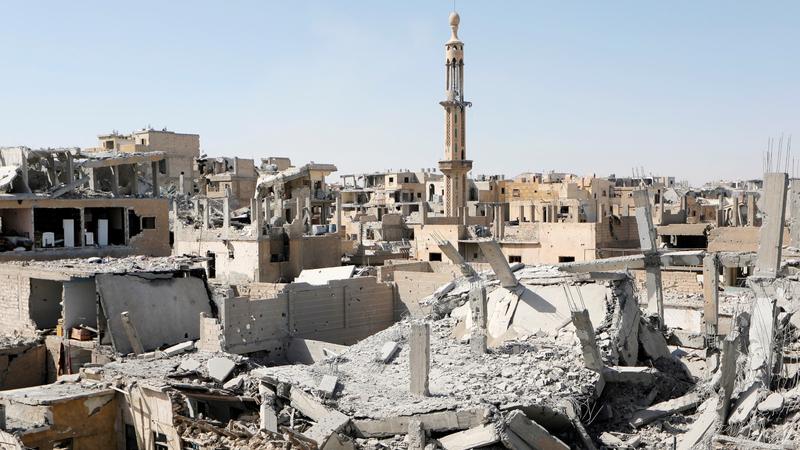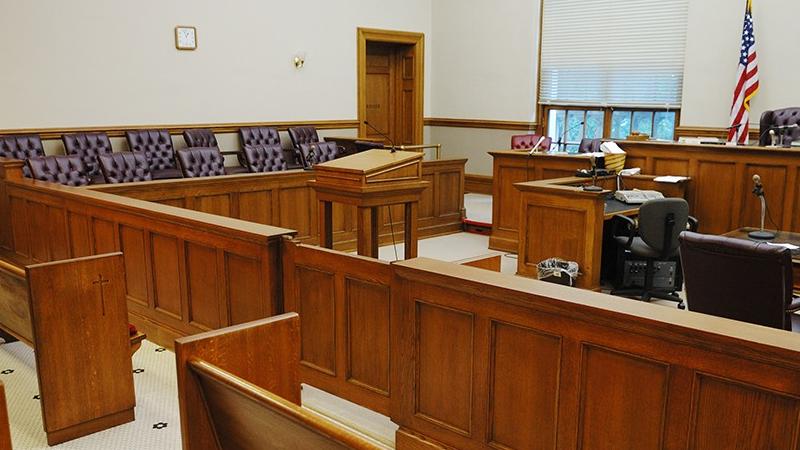This week, we discuss what successful reconstruction in Ukraine would look like; increasing wildfires and what to do about them; the U.S.-China rivalry in a neomedieval world; the effects of telehealth expansion during the pandemic; supporting veterans involved with the criminal justice system; and a model for regulating tech platforms.

Ukrainian postage stamps honor workers restoring infrastructure in Ukraine after Russian missile attacks
Photo by A_Gree/Alamy
It’s not too early to start planning reconstruction in Ukraine, which could be the largest rebuilding effort in modern history.
In a new report, RAND researchers draw insights from previous post-war and post–natural disaster reform and reconstruction efforts to help inform decisionmaking.
They find that Ukraine’s reconstruction will be most successful as a U.S.–Europe partnership where Ukraine sets the priorities, the United States leads on security assistance, and the European Union leads on reform and economic assistance.
The authors also note that public support for a long-term U.S. commitment to Ukraine cannot be taken for granted. They recommend a bipartisan effort to explain why rebuilding Ukraine is in the interest of the United States and the West.

A person runs on the National Mall as the U.S. Capitol is shrouded in smoke caused by wildfires in Canada, June 8, 2023
Photo by Amanda Andrade-Rhoades/Reuters
Last week, large parts of central and eastern North America were shrouded in acrid brown-yellow skies caused by wildfire smoke—a familiar experience for those on the West coast. According to Jay Balagna of the Pardee RAND Graduate School, addressing this requires immediate action, such as increasing firefighting budgets, as well as the “slow, hard work” of improving land management and energy policies. Waiting to make these changes will only add to the number of days that we all spend under smoke, he says.
Beginning around 2000, the world began transitioning to a historical period that RAND researchers call “neomedievalism.” This era is characterized by several key trends, including weakening nation-states, imbalanced economies, and informalized warfare. Our new report examines how Washington and Beijing are adapting to this environment—and what these changes mean for ongoing U.S.-China competition and potential future conflict.
After COVID-19 hit, some states passed legislation to expand telehealth. A new RAND study shows that such policies were associated with an increase in virtual mental health services. However, disparities in access to mental health care have persisted even as telehealth expanded during the pandemic. Local, targeted legislation is needed to address these disparities and make sure all groups have equal access to care, says lead author Ryan McBain.
Veterans make up about eight percent of the 2.2 million people incarcerated in U.S. jails and prisons. On top of this, an unknown number of veterans have had other types of contact with the criminal justice system. A new RAND paper examines what can be done to better support this group, including interventions to help prevent veterans from entering the criminal justice system in the first place, and programs to support formerly incarcerated veterans as they reintegrate into their communities.
After the 2008 financial crisis, Congress passed the Dodd-Frank Act, mandating that financial systemic risk be monitored by a regulatory oversight body. According to RAND’s James Marrone, a similar approach could be used to regulate tech platforms. A “tech version” of Dodd-Frank could help improve transparency, provide flexibility, and establish a feasible framework to help manage the “ever-present and ever-evolving risk” of toxic content online.
Listen to the Recap
Get Weekly Updates from RAND
If you enjoyed this weekly recap, consider subscribing to Policy Currents, our newsletter and podcast.
- SEO Powered Content & PR Distribution. Get Amplified Today.
- EVM Finance. Unified Interface for Decentralized Finance. Access Here.
- Quantum Media Group. IR/PR Amplified. Access Here.
- PlatoAiStream. Web3 Data Intelligence. Knowledge Amplified. Access Here.
- Source: https://www.rand.org/blog/2023/06/weekly-recap-june-16.html







